Jia Haonan from Aofeisi Quantum Bit Report | WeChat Official Account QbitAI
The father of Python is now working for Microsoft.
That’s right, the creator of the world’s most beloved programming language has returned to the workforce, unable to endure the boredom of retirement.
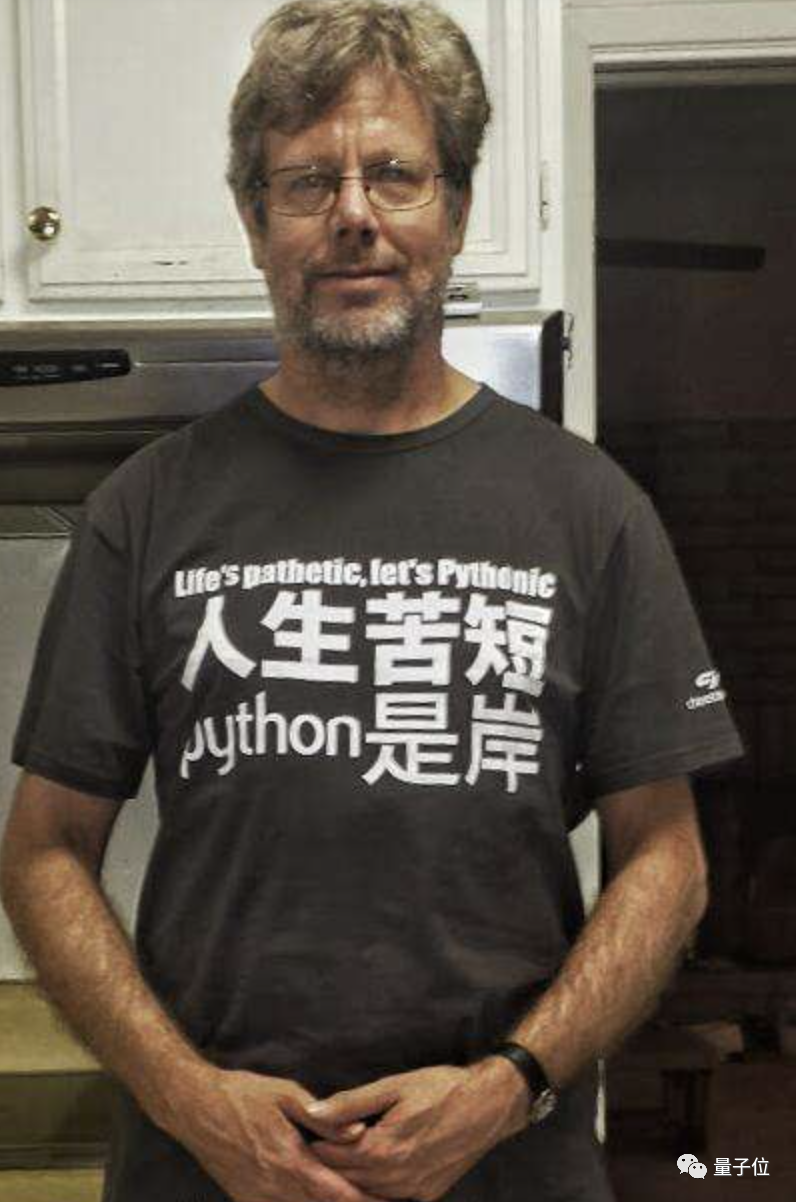
Guido Van Rossum, what does he plan to do at Microsoft? And why choose Microsoft?
What is the Father of Python Doing at Microsoft?
A few hours ago, Guido Van Rossum himself announced this news on Twitter, stating: “Retirement is too boring, I decided to join Microsoft’s developer division!”
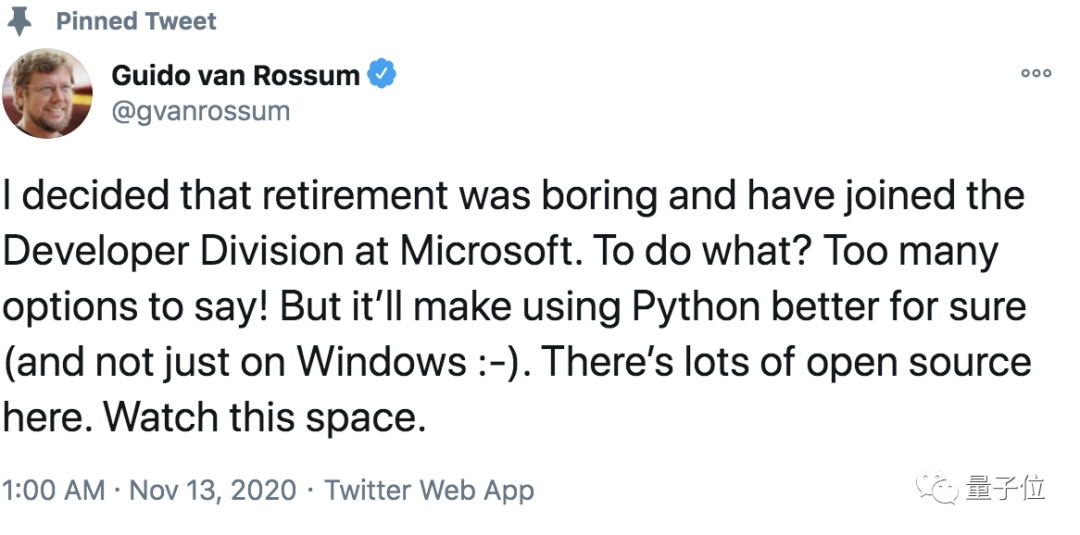
As for what he will do at Microsoft, Guido did not elaborate, only providing a general direction: to continue developing and optimizing Python, making it more user-friendly, and not just on Windows.
Microsoft has not provided detailed comments on the hiring of the father of Python, only stating that this is “fulfilling Microsoft’s commitment to contribute to the Python community.”
Neither party directly stated why this choice was made, but from their statements, we can glean some insights: Guido is still sharp, and Microsoft is embracing the developer community, a win-win situation!
Moreover, Guido himself mentioned, “The open-source community at Microsoft is incredibly rich!”
However, the idea of Guido joining Microsoft would have been unimaginable a few years ago.
Microsoft: From “Open Source is Cancer” to “I Love Linux”
In the past, Microsoft held a strong opposition and criticism towards open source.
Former Microsoft CEO Steve Ballmer once said, “Open source software is a cancer to intellectual property,” and declared, “Linux is a tumor,” believing that all open-source software was not worth mentioning.
However, in 2014, Satya Nadella, a former programmer, took over as CEO of Microsoft and proclaimed, “Microsoft loves Linux!” This marked the beginning of Microsoft’s full embrace of open source, including the acquisition of GitHub, the world’s largest developer community.
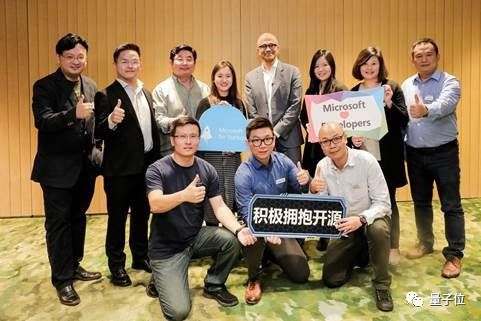
Microsoft is now the largest community service provider on GitHub. Currently, Microsoft has over 6,000 engineers involved in open-source projects, providing over 60,000 free patent licenses to the Linux open-source world, adopting more than 9,700 open-source components, and releasing over 3,000 open-source projects.
Clearly, attracting the father of Python to join is a positive return on Microsoft’s proactive approach to open source and the developer community in recent years.
What Else Has Guido Done Besides Inventing Python?
The current status of Python, especially in the field of artificial intelligence, needs no further elaboration.
There are hundreds of programming languages in the world, with only about 20 being popular. But only Python can achieve widespread application, elegance, simplicity, and accessibility for all ages.
Guido’s career has been closely tied to Python.
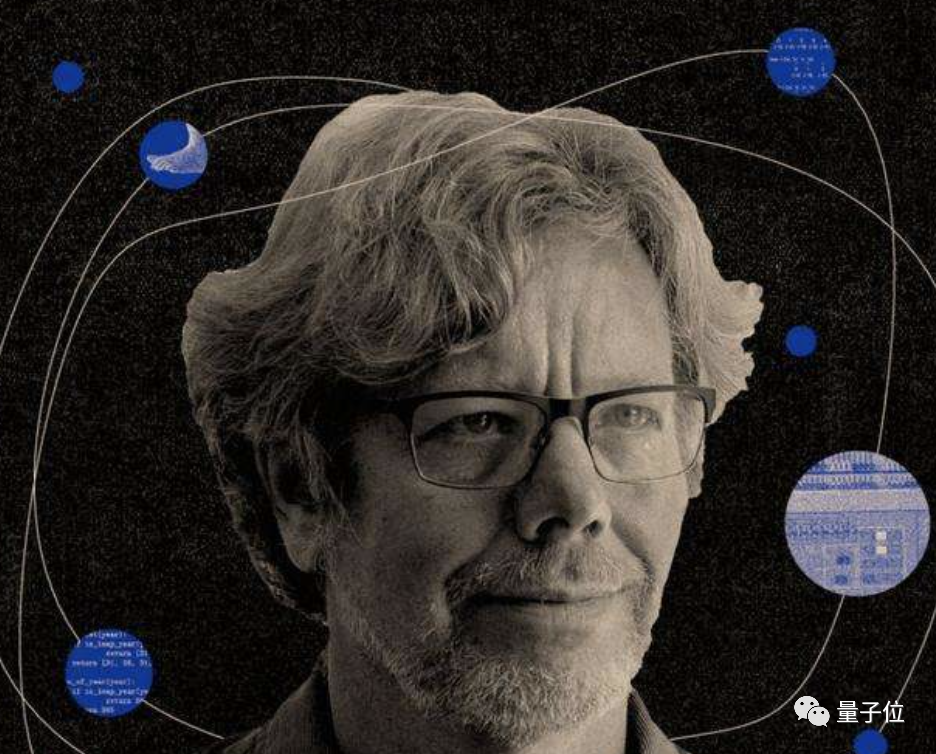
Guido Van Rossum is now 64 years old, and Python has been around for 31 years.
Guido obtained his master’s degree in mathematics and computer science from the University of Amsterdam in 1982 and joined CWI (the Netherlands National Research Institute for Mathematics and Computer Science) the same year.
Compared to mathematics, he was more passionate about writing code. In 1989, to pass the boring Christmas holiday, Guido decided to write an interpreter for a new language he was conceptualizing.
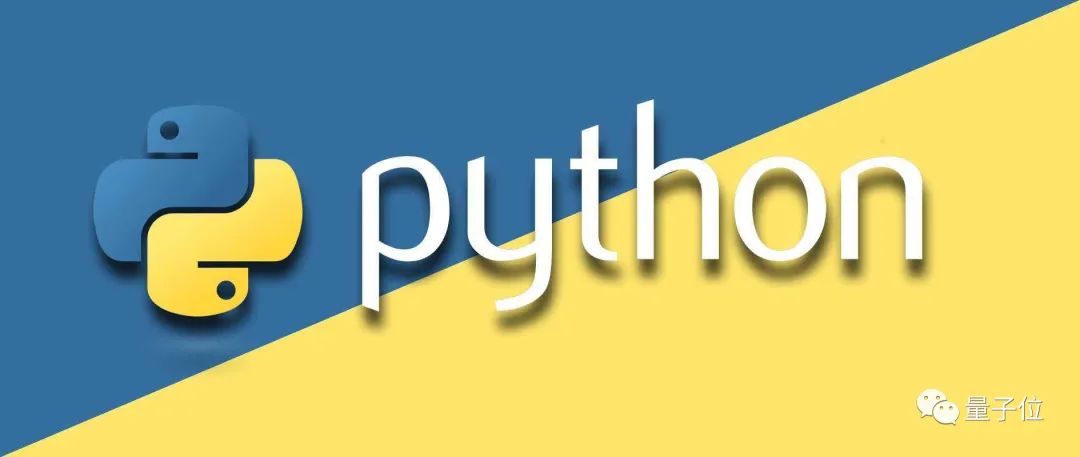
This language is Python, and the first version was officially released in 1991.
In 1995, Guido moved from the Netherlands to the United States.
During his time in the U.S., he worked at the National Institute of Standards and Technology (NIST) in Maryland and the Corporation for National Research Initiatives (CNRI) in Reston, Virginia.
In 2005, Guido joined Google, where he developed the internal code review tool Mondrian and worked on the Google App Engine project. He also wrote web-oriented code browsing tools for Google using Python.
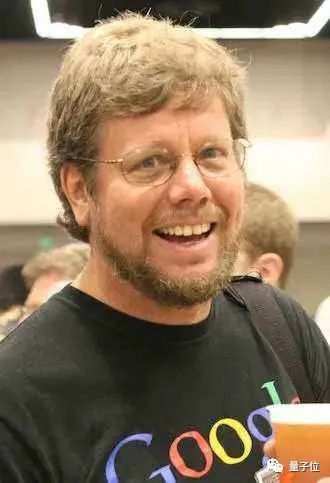
In 2013, he joined Dropbox, a cloud service provider built primarily on Python, where he developed Mypy, one of the most popular static type checkers for Python.
In October 2019, Guido announced his retirement.
After retirement, Guido returned to the Python developer community, but he was no longer the “Benevolent Dictator For Life (BDFL)”; he became a core contributor to the community.
One More Thing
It is said that when Guido joined Google, his resume only stated “I wrote Python,” and Google HR took a long time to realize that the person in front of them was the father of Python himself.
This is, of course, a joke. By the time Guido joined Google in 2005, he was already a well-known figure, and it is unlikely that he would have submitted a resume, nor would Google staff not recognize Guido.
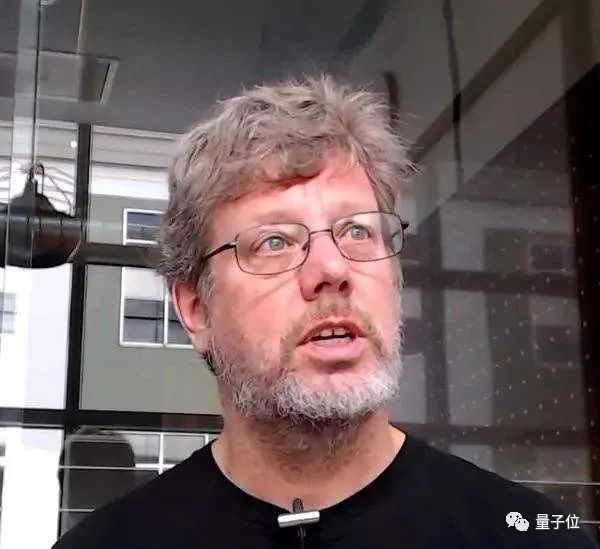
However, Guido once mentioned on G+ that he often received emails from recruiters who did not recognize him, saying that there were companies looking for Python developers and that his resume looked good, offering skill training upon hiring. They asked if he would like to give it a try.
Do not send me email like this:
Hi Guido, I came across your resume in a Google web search. You seem to have an awesome expertise on Python. I would be glad if you can reply to my email and let me know your interest and availability. Our client immediately needs a PYTHON Developer at its location in *, NJ. Below are the job details. If interested and available, kindly forward me your updated resume along with the expected rate and the availability.
I might reply like this:
I’m not interested and not available.
Guido expressed his displeasure about this  .
.
Reference linkhttps://techcrunch.com/2020/11/12/python-creator-guido-van-rossum-joins-microsoft/?guccounter=1
— The End —
This article is original content from NetEase News • NetEase’s special content incentive program signed account 【Quantum Bit】, unauthorized reproduction is prohibited.
@Friends interested in the AI industry, Li Kaifu invites you to attend!
▽Scan the code to see more AI experts & register now▽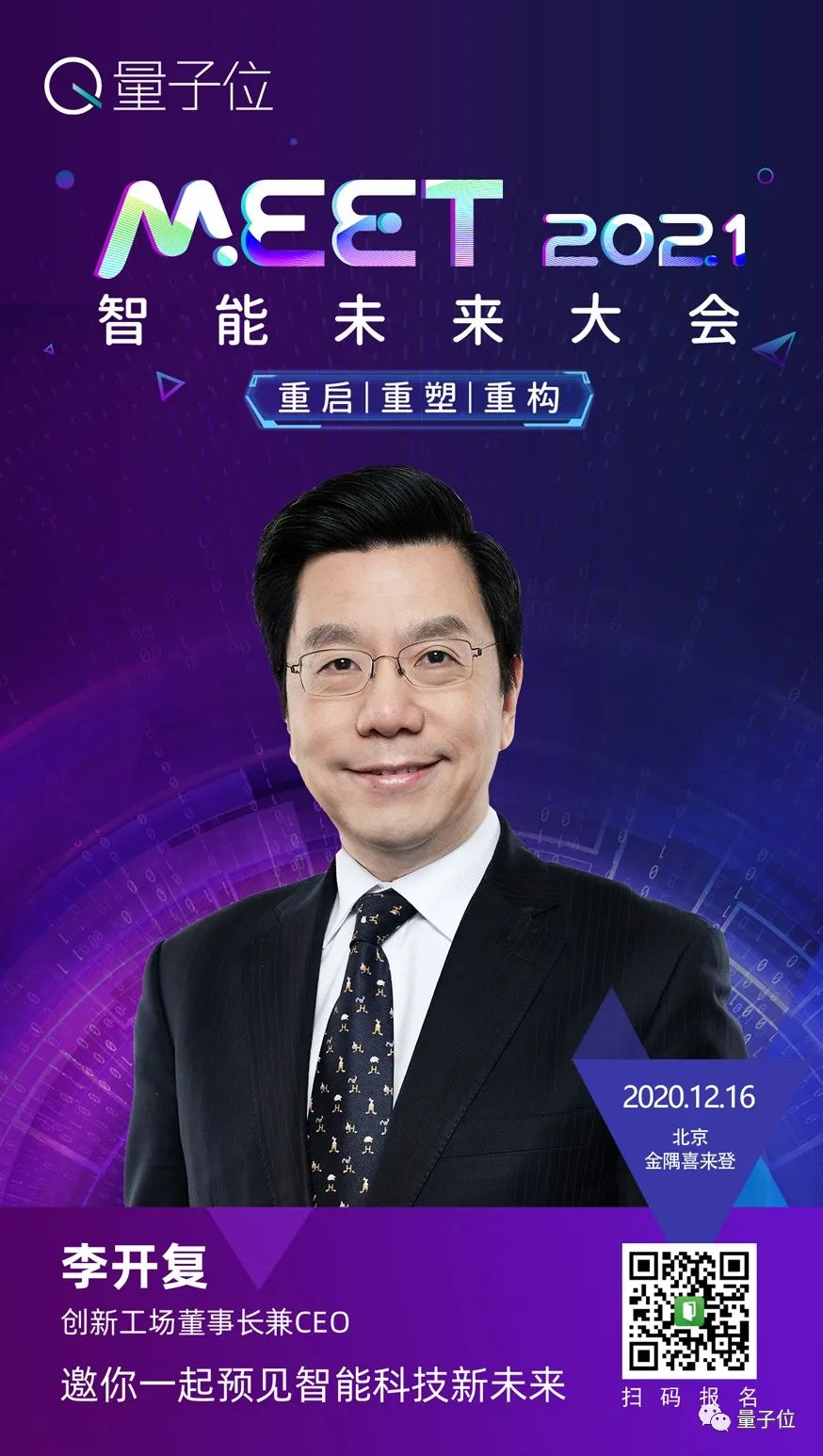

Quantum Bit QbitAI · Signed author of Toutiao
Tracking new dynamics in AI technology and products
One-click three connections: “Share”, “Like”, and “View”
Daily updates on cutting-edge technological advancements~